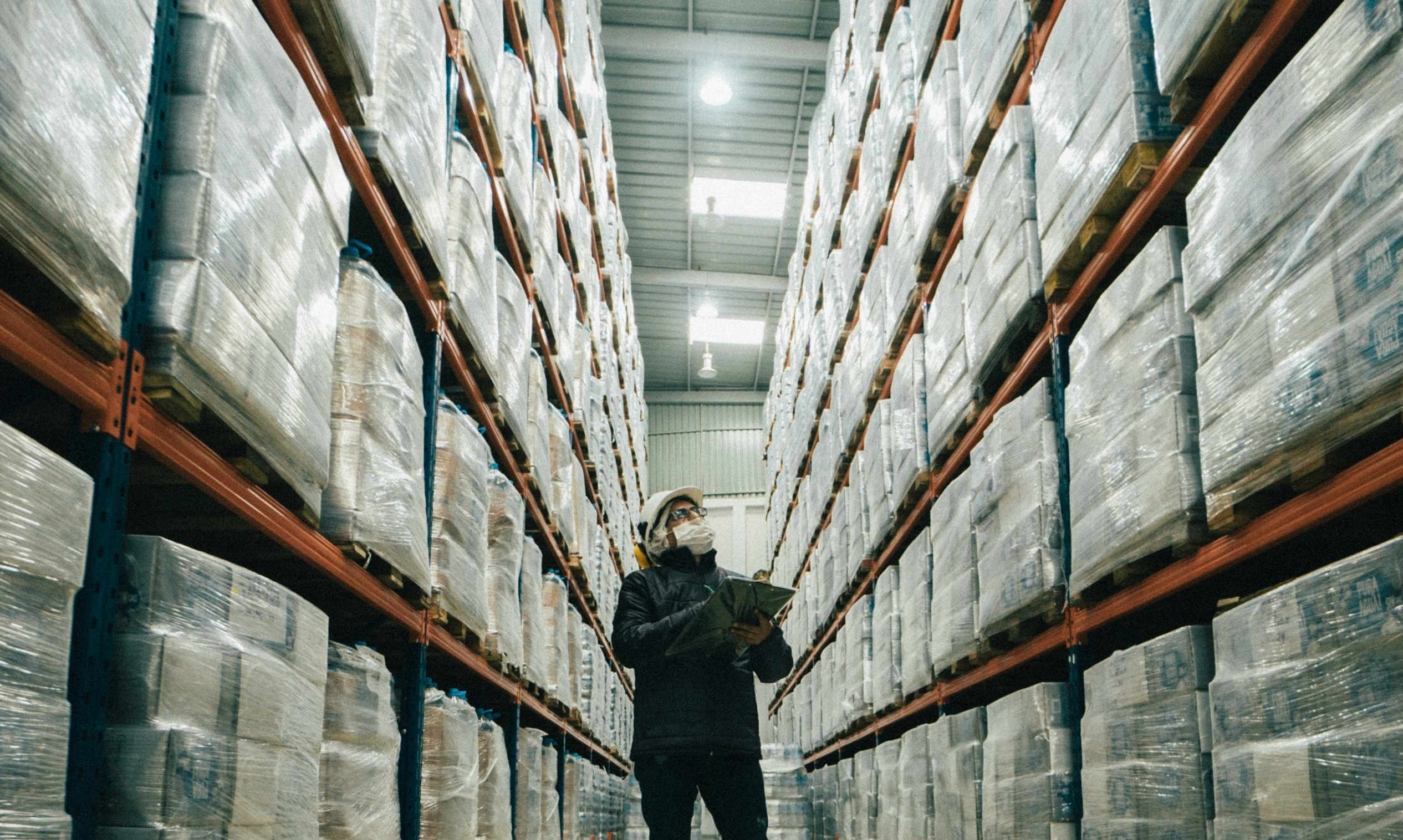Shelf-life science: new methods for detecting spoilage
Advances in sensing, data and supply-chain practices are changing how producers and retailers detect spoilage. This article explains emerging methods that help track freshness from origin to shelf and support safer, more sustainable handling of perishables.

Food spoilage detection is moving beyond simple date labels and sniff tests into a science-driven practice that blends chemistry, electronics and logistics. New approaches aim to identify early biochemical changes in ingredients, extend usable life without compromising safety, and provide clearer traceability from origin through the coldchain. For manufacturers, retailers and regulators, these methods help make preservation decisions more precise, reduce waste across logistics and packaging systems, and maintain safety for consumers.
How do packaging and sensors reveal spoilage?
Modern packaging integrates active and intelligent features to monitor the state of perishables. Time-temperature indicators, oxygen scavengers and embedded electronic sensors can record exposure to heat, moisture and gas that accelerate spoilage. Optical and chemical sensors detect volatile organic compounds produced by decomposing ingredients or microbial metabolism, offering near-real-time signals of freshness. These technologies allow packaging to become a communication layer: flags on a pack or data accessible via QR codes can show whether an item has remained within targeted conditions, making preservation decisions more data-driven.
What role does coldchain and logistics play?
Coldchain integrity is central to shelf-life science because many biological processes that cause spoilage slow when temperatures are controlled. Logistics systems now use connected thermometers, GPS trackers and cloud platforms to log temperature excursions during transit and storage. That data informs redistribution decisions—such as prioritizing stock that experienced fewer excursions—and enables retrospective analysis to improve routing and handling. By tying temperature histories to inventory systems, businesses can reduce losses and improve the safety profile of perishables moving through complex supply networks.
How can traceability and origin improve safety?
Traceability links batches back to farms, processors and transport legs, which matters when spoilage or contamination occurs. Knowing the origin and handling history helps isolate root causes—whether an ingredient’s microbial load at harvest, a lapse in processing hygiene, or a coldchain failure in transit. Blockchain and distributed ledgers are being trialed to create immutable records of origin and handling events, while simpler database solutions map lot numbers to supplier records. Better traceability supports targeted recalls, reduces unnecessary waste, and enables more nuanced safety assessments than blanket expiration rules.
How does fermentation and ingredients affect shelf-life?
Fermentation can both extend and complicate shelf-life depending on the product and process. Controlled fermentation produces acids and other compounds that inhibit spoilage organisms, which is why fermented foods often have long usable lives. However, variability in ingredients and microbial cultures can change outcomes, so compositional analysis and microbial testing are important. Ingredient provenance, pH control, water activity and preservative strategies all interact to determine how long a product remains acceptable. New rapid analytical methods allow producers to test batches faster and adjust preservation strategies accordingly.
Can seasonality and perishables be managed for sustainability?
Seasonality affects ingredient availability and baseline quality, which in turn influence spoilage risk and preservation choices. When produce comes from long supply chains out of season, extended transit increases reliance on coldchain and robust packaging. Aligning sourcing with seasonality, improving logistics efficiency, and choosing low-impact preservation methods contribute to sustainability goals by reducing food waste and emissions. Predictive analytics that combine seasonality, demand patterns and storage models help planners balance freshness, cost and environmental impact.
What innovations support preservation across the supply chain?
Emerging tools include rapid microbial assays, portable spectroscopy devices, and machine-learning models that predict spoilage based on sensor feeds and historical outcomes. Portable testers can assess ingredient quality at receipt, while lab-free spectroscopy gives quick estimates of composition changes linked to degradation. Software platforms fuse data from packaging sensors, coldchain monitors and traceability records to produce actionable freshness scores. Together these innovations support targeted interventions—such as rerouting shipments, adjusting storage temperatures, or regrading stock—so preservation becomes a dynamic, evidence-based practice.
This article is for informational purposes only and should not be considered medical advice. Please consult a qualified healthcare professional for personalized guidance and treatment.
In summary, shelf-life science is evolving from fixed-date conventions to multifaceted systems that combine packaging, sensing, traceability and logistics data. By integrating information about origin, ingredients and handling conditions, stakeholders can make better preservation choices, improve safety outcomes, and reduce waste. Continued progress depends on interoperable data standards and scalable sensors that deliver reliable signals across diverse supply chains.





